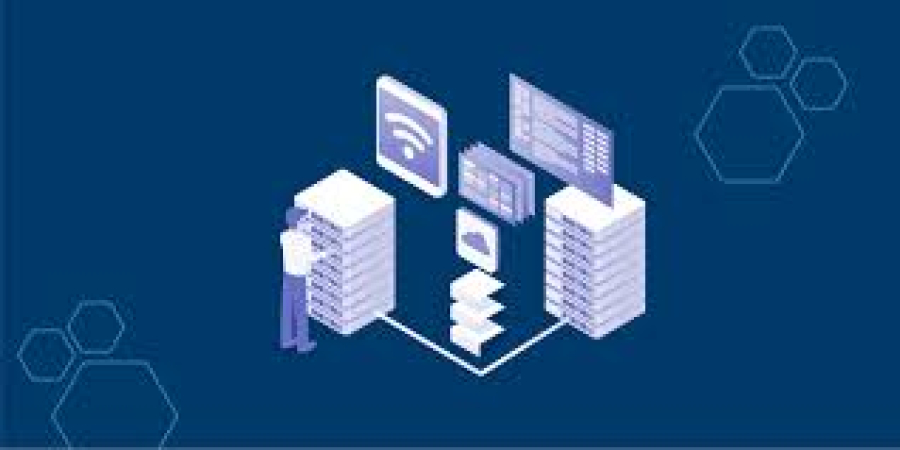Understanding NoSQL vs SQL: Pros and Cons
In the rapidly evolving world of web development and data management, selecting the right database system is critical for building scalable, high-performance applications. Developers often face the choice between SQL (Structured Query Language) databases and NoSQL (Not Only SQL) databases. Each offers distinct advantages and limitations depending on project needs, data complexity, and scalability requirements. In this blog post on FreelancerBridge, we’ll break down the core differences between SQL and NoSQL databases, explore their respective pros and cons, and help you decide which is the best fit for your next application.
Long Description:
What Are SQL and NoSQL Databases?
SQL Databases: Also known as relational databases, SQL databases organize data into structured tables with rows and columns. Examples include MySQL, PostgreSQL, Oracle Database, and Microsoft SQL Server.
NoSQL Databases: These are non-relational databases designed to store unstructured or semi-structured data. They include key-value stores, document databases, wide-column stores, and graph databases. Popular NoSQL databases include MongoDB, Couchbase, Cassandra, and Redis.
1. Structure and Schema
✅ SQL (Relational):
Enforces a predefined schema (structure must be declared before inserting data).
Ideal for applications requiring complex queries, data relationships, and consistency.
✅ NoSQL (Non-Relational):
Schema-less or flexible schema allows you to store different data formats.
Ideal for handling varied, unstructured data like JSON, XML, etc.
2. Scalability
✅ SQL Databases:
Scale vertically (by increasing CPU, RAM on a single server).
Suitable for small to mid-sized applications where horizontal scaling isn’t critical.
✅ NoSQL Databases:
Designed for horizontal scaling (adding more servers).
Preferred for large-scale web apps, real-time analytics, and distributed systems.
3. Flexibility of Data Types
✅ SQL:
Supports structured data only (tables, fixed fields).
Changes in schema can lead to downtime or extensive migration.
✅ NoSQL:
Accepts dynamic and unstructured data formats (key-value pairs, documents).
Highly adaptable for rapid development cycles.
4. Query Language
✅ SQL:
Uses standardized SQL language.
Ideal for complex queries, joins, and transaction management.
✅ NoSQL:
No standardized query language — each NoSQL DB has its own query model.
Generally better for simple queries and fast data retrieval.
5. ACID vs BASE Model
✅ SQL (ACID Compliance):
Ensures Atomicity, Consistency, Isolation, and Durability.
Suitable for applications that require precise data integrity — like banking or accounting systems.
✅ NoSQL (BASE Model):
Stands for Basically Available, Soft State, Eventually Consistent.
Offers performance and scalability by relaxing strict consistency.
6. Use Cases
📌 When to Use SQL:
Applications with structured data and clear relationships (e.g., ERP systems, CRM, financial apps).
Projects requiring high data accuracy and strict consistency.
Systems where complex queries and joins are routine.
📌 When to Use NoSQL:
Big Data applications with high volume, velocity, and variety.
Content Management Systems, real-time analytics, IoT applications.
Use cases that need rapid development and iteration (e.g., startups or agile projects).
7. Performance Considerations
✅ SQL Databases:
Excel at performing complex joins, aggregations, and relational queries.
Performance can degrade with large volumes unless optimized properly.
✅ NoSQL Databases:
Prioritize performance and quick response times for large-scale reads and writes.
Particularly effective for high-concurrency environments.
8. Data Integrity and Transactions
✅ SQL:
Robust support for transactions — ideal for multi-step processes where data consistency is essential.
✅ NoSQL:
Limited transaction support (except in some modern NoSQL databases like MongoDB).
Better suited for applications where eventual consistency is acceptable.
9. Maturity and Community Support
✅ SQL Databases:
Mature, well-established, with extensive documentation and community support.
Trusted for mission-critical enterprise systems.
✅ NoSQL Databases:
Growing popularity, especially in cloud-native and real-time applications.
More innovation and variation, but potentially steeper learning curve.
Pros and Cons Summary
SQL – Pros
Reliable data integrity and strong transactional support.
Standardized and widely adopted.
Great for structured data and complex querying.
SQL – Cons
Difficult to scale horizontally.
Rigid schema structure.
Not suitable for rapidly changing data models.
NoSQL – Pros
High scalability and performance.
Flexible data models.
Better suited for distributed cloud environments.
NoSQL – Cons
Weaker transactional support.
Lack of standard query language.
Sometimes inconsistent data due to BASE model.
Which One Should You Choose?
Your choice depends on your project’s needs:
Choose SQL if your data is structured, relationships are critical, and transactions must be reliable.
Choose NoSQL if you need scalability, flexibility, and speed for handling large amounts of varied data.
Remember, modern systems often use a hybrid approach — combining both SQL and NoSQL databases to handle different aspects of their data requirements.
Conclusion:
Understanding the differences between SQL and NoSQL databases is crucial for any web developer, especially those managing large-scale applications or client projects. At FreelancerBridge, we aim to provide clear, actionable insights into web development practices. Choosing the right database architecture — whether relational (SQL) or non-relational (NoSQL) — is a foundational decision that can impact scalability, performance, and development speed.
As the web continues to evolve, staying informed about these core technologies will give you a competitive edge in freelancing, web development, and project planning.


 by Emily
by Emily




